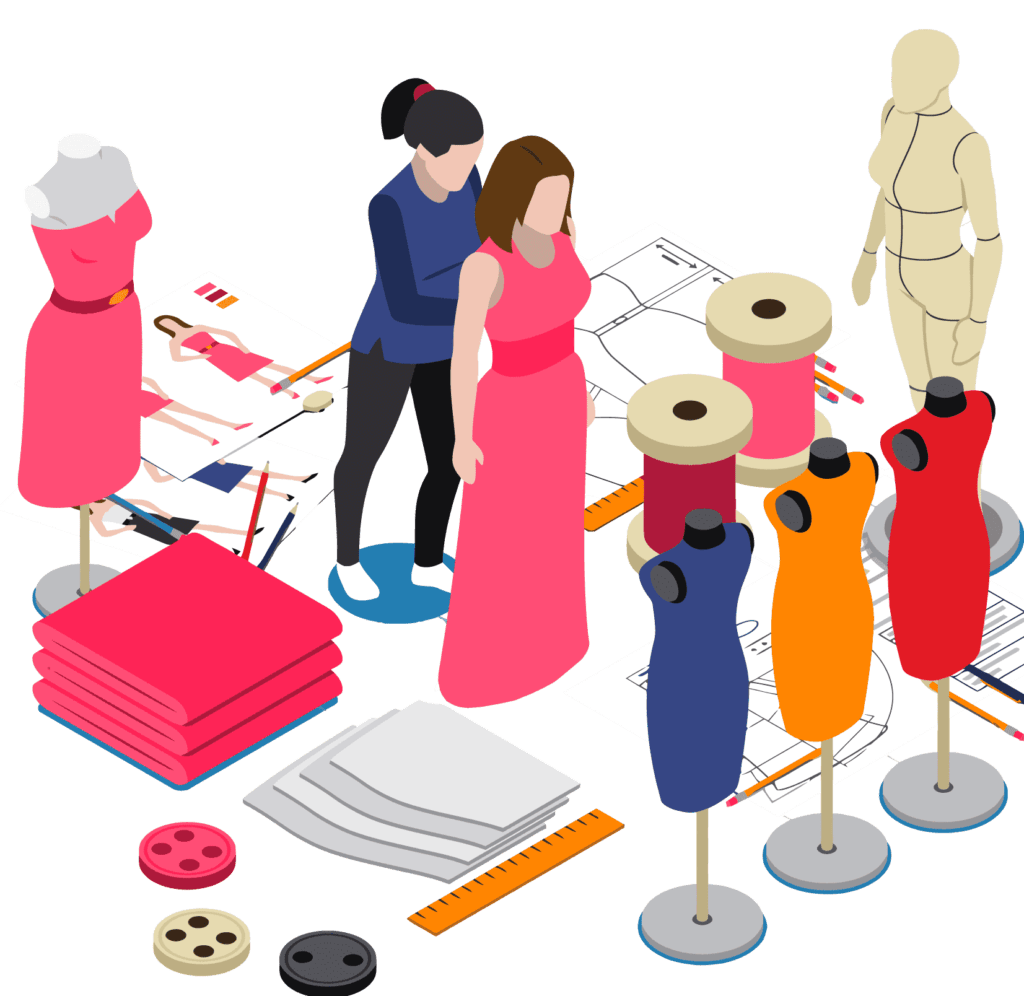Transform Your Appearance with Tailor Perth: Personalized Tailoring Services
Wiki Article
Comprehending the Tailoring Process: From Material Selection to Final Suitable for the Perfect Closet
The customizing procedure is an intricate interaction of art and scientific research, starting with the critical choice of textile option and finishing in the specific changes of last installations. Each material type brings special high qualities that influence not only the aesthetic appeal but additionally the garment's long life and suitability for various occasions. Recognizing the subtleties of tailoring techniques can elevate one's closet to unmatched levels of sophistication. As we discover these aspects even more, one should consider just how also the smallest information can significantly influence the total result of one's personal design.Significance of Fabric Selection
Choosing the right material is critical in the tailoring process, as it directly influences the comfort, resilience, and general aesthetic of the last garment (tailor perth). The option of textile establishes the foundation for the garment's functionality, performance, and style. Various textiles possess distinct homes, such as stretch, breathability, and weight, which can dramatically affect how the garment drapes and fits the bodyAdditionally, textile option affects the garment's long life and convenience of treatment. High-grade materials can stand up to deterioration, preserving their appearance and structure in time, while lower-quality materials may lead to pilling or fading. In addition, the right fabric contributes to the garment's capacity to change throughout periods and events, therefore enhancing flexibility.
A tailored piece made from a suitable material not only showcases workmanship yet likewise elevates the wearer's confidence. Recognizing the subtleties of fabric option is extremely important for any type of tailoring undertaking. It makes sure that the end product not only meets the visual wishes of the customer yet likewise aligns with useful demands, thus achieving an unified balance in between kind and function in the customized wardrobe.
Types of Fabrics and Their Usages
Recognizing the various kinds of materials available is vital for making educated choices throughout the customizing procedure. Each textile has special qualities that determine its suitability for details garments and occasions.Its adaptability allows it to be tailored into every little thing from tee shirts to dresses. Its all-natural elasticity aids garments preserve form over time.
Silk exudes deluxe and is lightweight, making it best for eveningwear and fragile blouses; nonetheless, it needs mindful handling due to its fragility. Linen, with its textured surface, is a prominent option for cozy environments, supplying a ventilated and crisp feeling, yet it wrinkles conveniently, which might influence the garment's look.
Artificial textiles, such as polyester and nylon, deal resilience and resistance to wrinkles, making them suitable for everyday wear and active clothes. Comprehending these material types and their residential or commercial properties enables much better decision-making, making sure that each customized item not just fits well yet likewise straightens with the desired objective and celebration.
The Tailoring Techniques Discussed
The art of customizing counts on a selection of strategies that transform fabric into well-fitted garments. Central to this process is pattern preparing, where a dressmaker develops templates based on the client's dimensions and desired design. This first action makes sure that the garment will fit the wearer properly prior to the original source any type of cutting happens.When patterns are established, reducing methods come into play. Precision is paramount as errors can cause misfitting garments. Tailors typically utilize numerous cutting methods, such as single-layer reducing for elaborate designs and multiple-layer reducing for efficiency on standard patterns.
Basting is one more crucial method, permitting dressmakers to temporarily sew fabric assemble for a preliminary installation. This technique uses the opportunity to analyze the drape and overall shape before final sewing.
Seaming methods, consisting of flat-felled seams and French joints, enhance the garment's durability and visual appeal. Tailors additionally employ strategies such as interfacing and cushioning to offer structure and form to specific locations, like collars and shoulders.
Lastly, ending up methods, including hemming and side completing, make certain the garment's longevity while supplying a polished appearance. Together, these strategies create the backbone of efficient customizing, leading to exquisite, tailor-made garments.
Fitting Modifications and Factors To Consider

Key considerations include the shoulder fit, which should neither droop neither limit motion, and the sleeve length, which ought to permit comfortable arm motion while maintaining a sleek appearance. In addition, changes at the waistline can fine-tune the shape, with choices to allow out or absorb textile as needed.
The surge of pants is an additional important element; it ought to rest pleasantly above the hips without causing pain, permitting convenience of motion. Hemming lengths for both trousers and skirts should mirror the wearer's recommended design while respecting percentages.

Maintaining Your Tailored Clothing
Always follow the care tag guidelines, which might advise completely dry cleaning for delicate fabrics or machine washing for even more sturdy products. Prevent our website regular laundering, as this can use down the fabric and alter the garment's shape.Storage space is equally crucial; usage padded wall mounts for coats and coats to preserve shoulder structure, and store pants folded nicely or hung to avoid creasing. Shield garments from straight sunlight, which can fade shades and damage fibers.
Additionally, routine examinations for small repair services can avoid bigger concerns. Inspect for loose switches, fraying seams, More Bonuses or indicators of moth damage, dealing with these troubles immediately to maintain the garment's honesty.
Finally, consider seasonal turning. Using tailored items in moderation allows textiles to recuperate, expanding their life expectancy. By implementing these upkeep approaches, you can make certain that your tailored garments continue to be as excellent as the day you first used them, enhancing your perfect closet for many years to come.
Verdict
The customizing process, incorporating textile choice, proficient strategies, and precise fitting adjustments, plays an important function in producing garments that improve both convenience and design. Comprehending the value of upkeep expands the life of customized garments, strengthening their value in a well-curated wardrobe.Selecting the best material is important in the customizing process, as it directly influences the convenience, resilience, and general aesthetic of the final garment. The choice of material sets the foundation for the garment's performance, efficiency, and style. Various textiles have unique residential properties, such as weight, breathability, and stretch, which can significantly impact exactly how the garment drapes and fits the body.
The art of customizing relies on a selection of strategies that transform material right into well-fitted garments.The tailoring process, incorporating fabric choice, proficient methods, and precise suitable modifications, plays an essential duty in developing garments that improve both comfort and design.
Report this wiki page